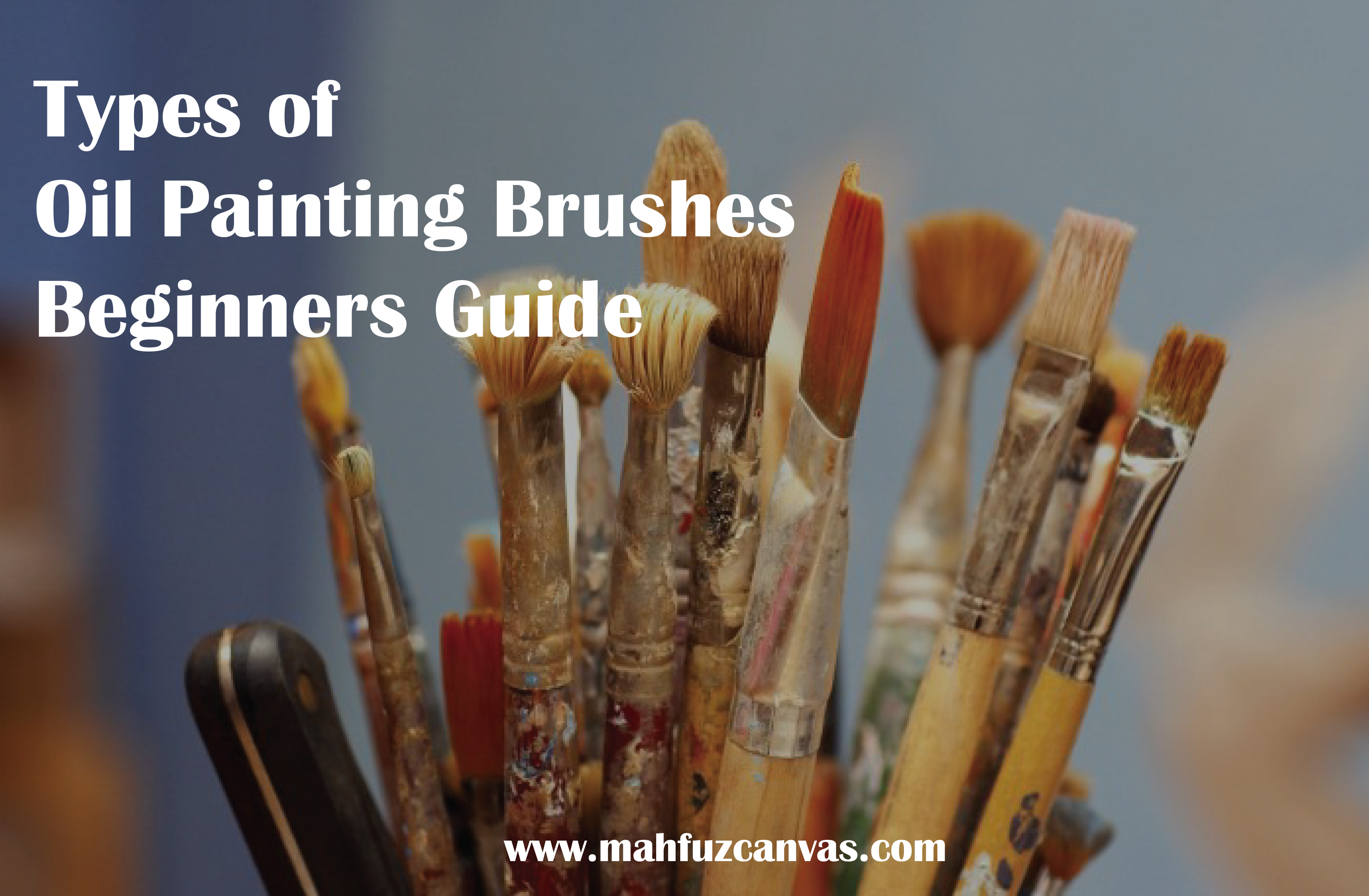
Whether or not you’re a beginning oil painter or an old pro, possibilities are you have got a few questions on what forms of brushes are fine for oil painting and what each of them is excellent for.
while painting on a canvas, there's a need for brushes that could pass the oil paint in opposition to the grip of the fabric fibers.whilst subtlety or precision is needed, brushes with smooth natural bristles or brushes from artificial hair are used.Linseed oil or different thinner substances can be added to the oil paint, allowing the paintbrush to transport easily.
Natural Brushes
Filbert paintbrush is extraordinarily flexible and suits almost any painting style. A Filbert is a flat oval-shaped brush with medium to long chiseled rounded side hairs. It has a thick flat ferrule with an extended deal with.
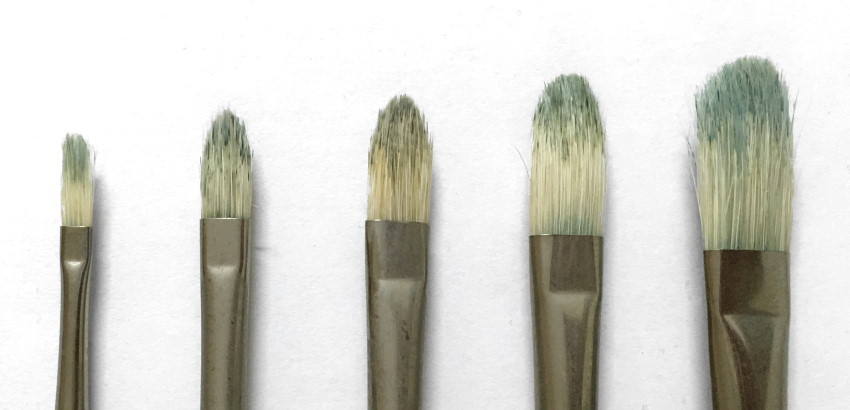
The round brush is a conventional brush form with a round or pointed tip in a round ferrule. round brushes are commonly used for sensitive paintings and for details, though they also come in big sizes.
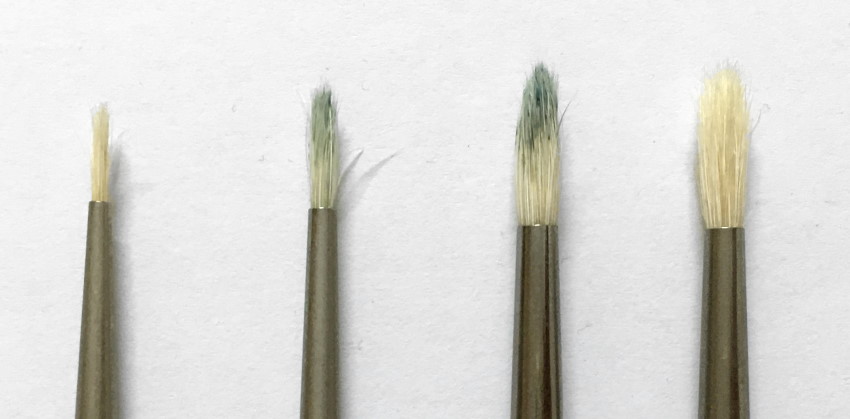
The flat brushes are suitable for accuracy in element (specially a flat brush made of artificial hair), and for covering huge areas. The flat brush, is also self-explanatory, as seen beneath. it is measured for size throughout the flattened place of the metal ferrule that securely attaches the bristles and the deal with. 
Bright, that is a short flat brush, is an extremely good brush for applying or moving oil paint. Because it has brief bristles, which bend much less, it can flow oil paint against the grip of the canvas and fill big regions fast.
Fan brush may be used for painting grass, hair, fur, removing brushstrokes and filling big areas. For gentler smoothing of brushstrokes, an artificial fan brush may be used. more difficult variations are greater useful for developing groups of parallel marks in a single stroke for example grass, loads of twigs, etc.
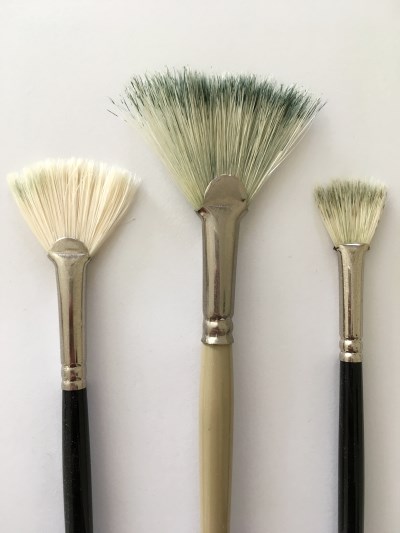
large flat brushes are manufactured in specific sizes and for different functions, relying on the type of hair. For painting a massive area, for instance sky, or for painting the lowest layer (underpainting), hog bristle brushes are recommended. They can also be used lightly for removing brushstrokes and developing a smooth surface for extra gentle smoothing or mixing, brushes with soft hair can be used, for example goat hair.
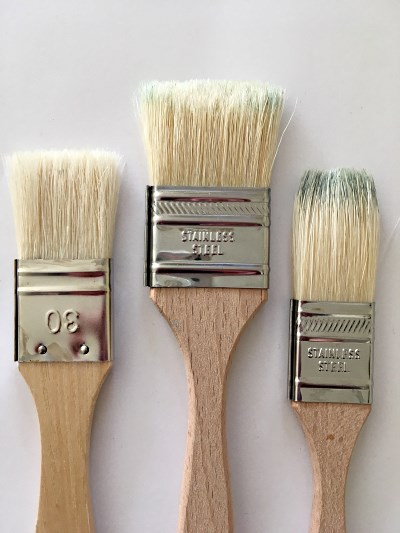
Synthetic Brushes
A synthetic flat brush is one of the most versatile and vital brushes whilst precision is needed or while operating on small details. It is outstanding for structures and other objects with clear, sharp edges. Suitable for painting tree trunks, leaves (by means of the use of the nook of the brush, which has a triangular form), mountains, rocks, and in standard for panorama art work.
A small round brush from synthetic hair is designed to paint small, precise details.
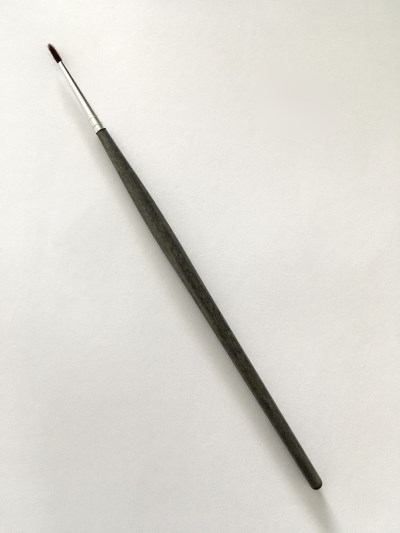
A rigger brush has a whole lot longer hair than different forms of brush and is used for painting straight lines in oil, acrylic or watercolor. called a rigger because it was normally used to color the rigging on maritime art work, the long hair absorbs any hand-shake limiting the wobble in the mark that is made and lets in the artist to have fingers of the brush-holding hand resting on the surface to guide and control the line. the line should be created with one slow and steady movement of the arm.
Liner brush may be used to color grass, branches of bushes, ropes and fences. Using this brush is through mixing oil paints with thinner or linseed oil with a view to make sure a smooth drift of the brush and to create extra nice lines.
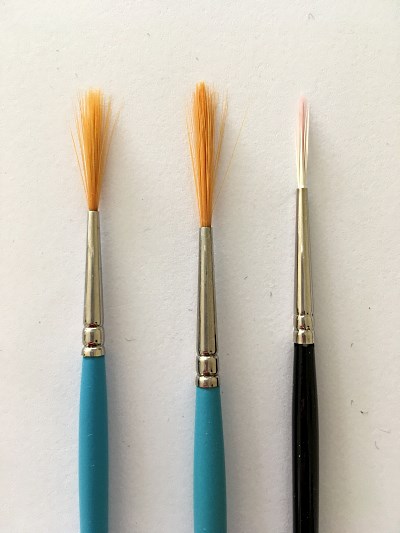
Angular brushes come with one-of-a-kind angles and unique hair length, and consequently with exceptional names along with angular, dagger, sword and so on. Angular brushes are especially for particular details, fill huge areas or create specific brushstrokes.
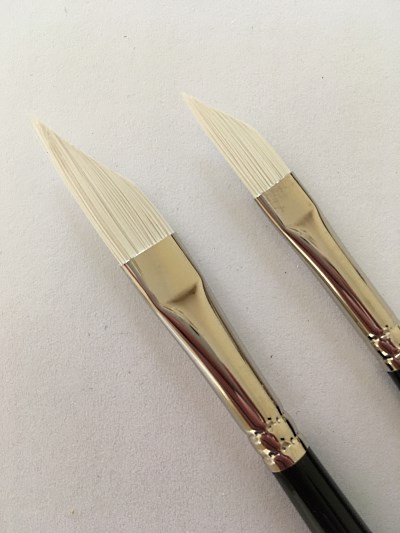
The mop brush is excellent for blending and removing brushstrokes. It should be used gently, as if "hovering" over the canvas.
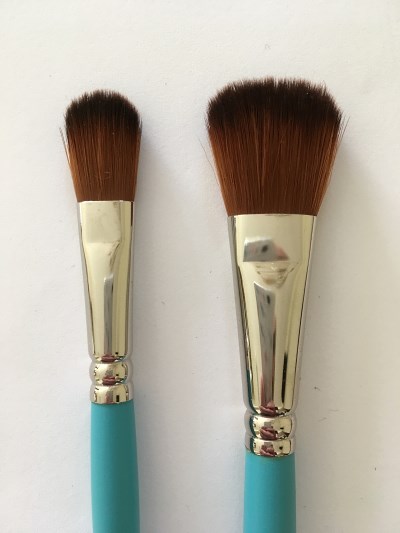
Brush Size Explained :
Recommended Brands
Reference
https://www.jacksonsart.com/blog/2021/02/15/what-brush-sizing-systems-mean/
https://bookmypainting.com/blog/types-of-paint-brushes-in-oil-painting/
https://www.ranartblog.com/blogarticle08.html
A Simple Formula For Pricing Artwork
Register now to get updates on promotions and coupons.